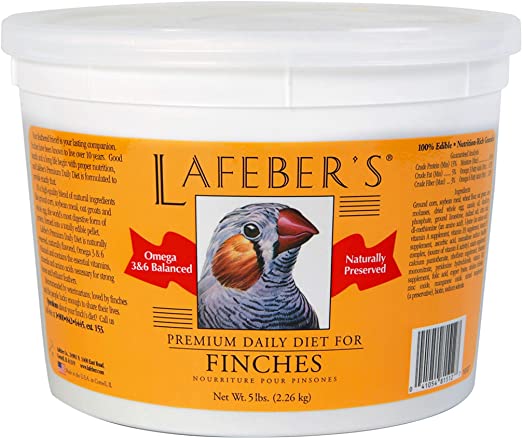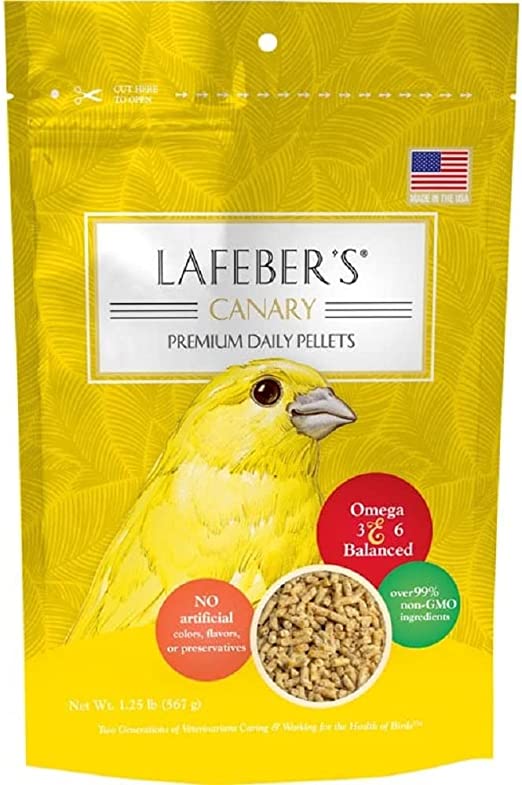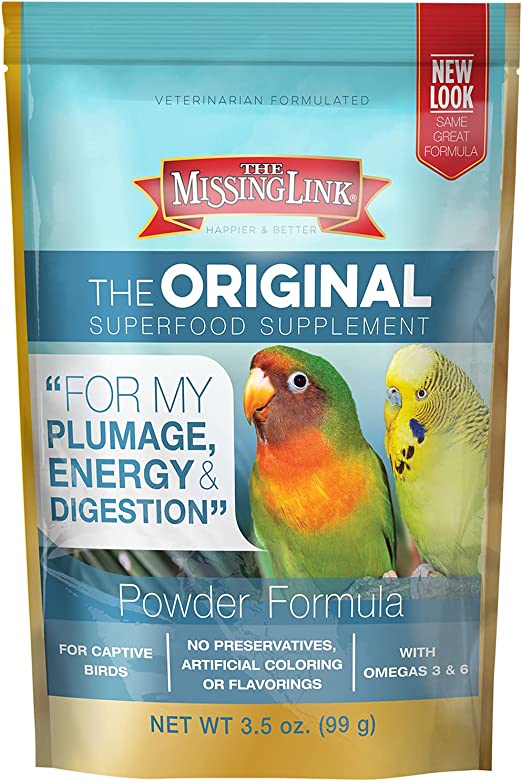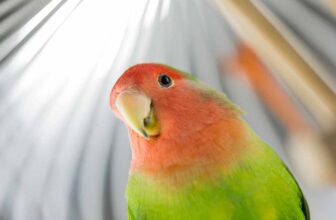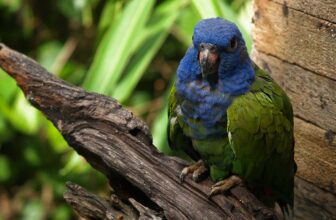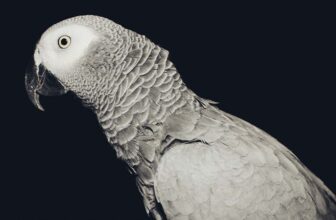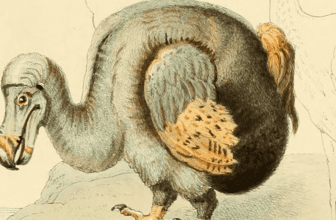Most birds are known for their songs or unique physical appearance, but the red factor canary is known for one thing in particular: it’s color. That is because, unlike other canaries which are renowned for their vocal attributes, the red factor canary is a color-fed bird. In other words, its coloring depends on its diet. When the diet changes, so can the canary’s color.
They are not the only bird with this attribute. Flamingos, for instance, are white until they eat pigmented foods like brine shrimp. As they consume this type of diet, they gradually look pinker. The red canary is bred to change colors, so its coloring is reliant on its owner and caregiver.
If you are fascinated by this creature, there are a lot more interesting factors to know about the red canary. Let’s dive in!
Red Factor Canary Care Guide
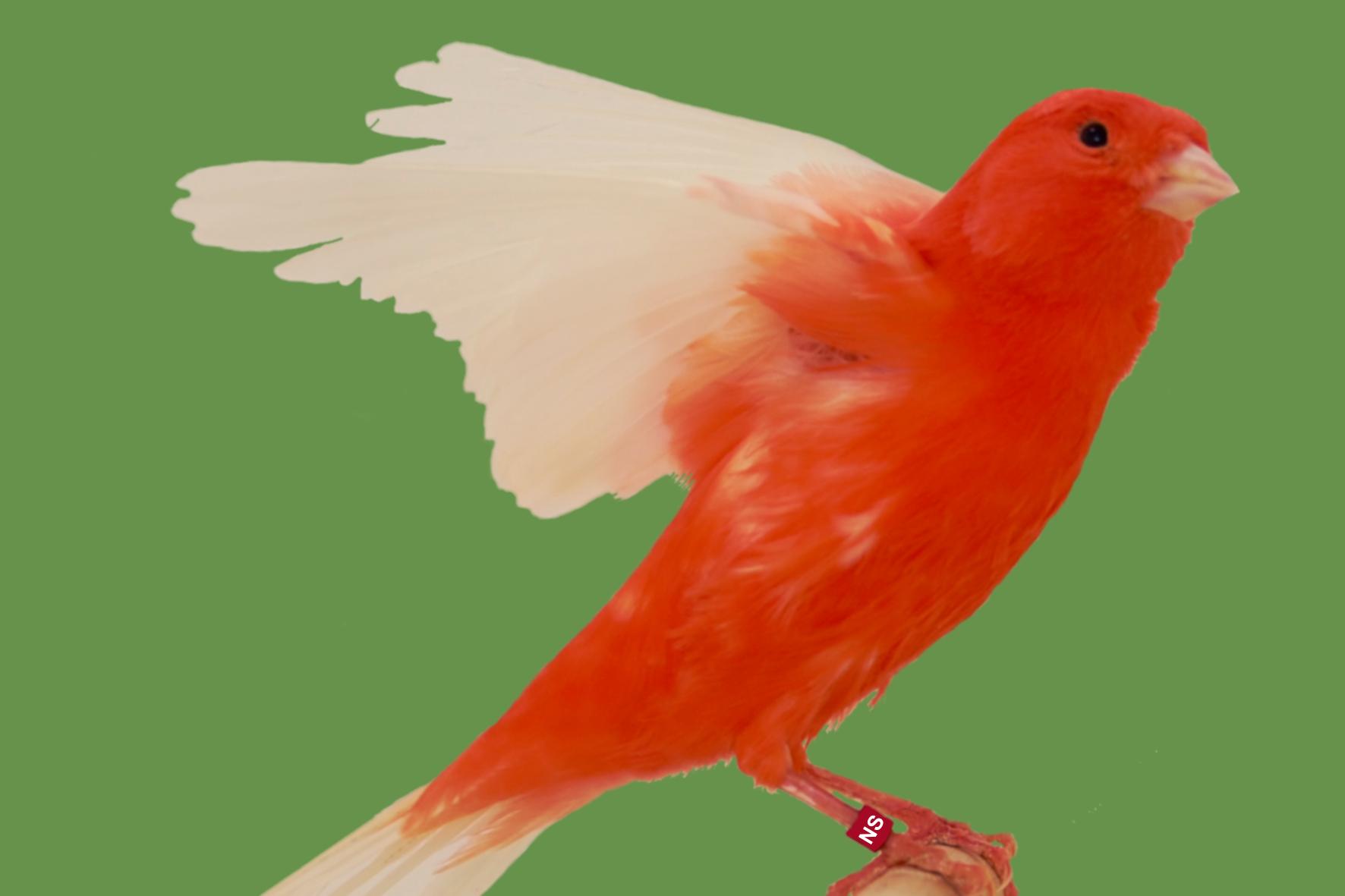
| Scientific Name: | Serinus canaria domestica |
| Common Names: | – |
| Color: | Red |
| Adult Size: | 5.5 inches |
| Sounds: | Chatterer, Whistler |
| Interactions: | Hands off |
| Lifespan: | 10–12 years |
| Price: | $60 to $90 |
The Red Factor Canary’s Natural Habitat
The term “canary” has an interesting origin. The birds hail from the Canary Islands, a Spanish-owned volcanic archipelago off the coast of Western Africa. Its name is derived from the Latin term for dogs, canis, which were kept by the island’s residents.
The canaries themselves came from finches, with the only distinguishing characteristics being their greenish coloring and its exquisite song, something that European visitors began to adore. Their admiration resulted in desired ownership, so the canaries began being imported to various European nations towards the end of the sixteenth century. With time, not only did Europeans get these birds, they began to actively breed them. One of the breeds that spawned from this process is the red factor canary.
By leveraging minor mutations, breeders managed to transform most contemporary canary breeds into varieties of birds that not only have no resemblance to their finch ancestors but not even to other canaries.
Caring For A Red Factor Canary
As birds, canaries are going to need to fly and maneuver around. That means that keeping them in an overly confined space is not beneficial for their well-being. Since the bird will spend almost its entire daily life inside of the cage, it is important to acquire a cage that is as large as you can afford and the available space you have can accommodate. It is also important to make sure that the bar spacing is suitable for canaries, as there should be no chance that the bird has an ability to escape for freedom through them. When you leave your home, you should put the radio on to play music as a canary loves ambient sounds.
A canary will need to live on a steady diet of fresh, chopped, and grated vegetables and fruits in order to remain at its optimal health. When you feed a canary on a specific diet in order to affect their coloring, the process can be a messy one. It is advised, therefore, that the canary cage not be placed near light-colored carpets. It is also important to clean the cage regularly to give the canary a clean environment to thrive in. With optimal care, a canary can live for as long as ten to twelve years.
The Diet Of A Red Factor Canary
To attain the desired red or orange pigmentation for your red factor canary, it is important to feed it either specially formulated color food, or naturally red or orange foods including carrots, cherries, beets, paprika, yams, and cayenne peppers, with the latter diet filled with natural food, being the healthier option.
As far as the timing of color feeding, it is important to start it when the canary is producing new feathers (molting season), as only new feathers will assume the coloration. Any existing feathers on the canary’s body will not change colors.
Check our Top 3 Best food for the Red Factor Canary on Amazon. You can be assured we only choose the best ones based on Customers Reviews…
Red Factor Canary Behavior And Personality
The canaries, including the red factor species, are complicated creatures, they adore company and recognize humans as their owners, but they prefer not to be handled. Even if they are handled, however, they will not bite or attempt to injure their caregivers in any way. While they are certainly considered companion birds, they are meant for owners who intend to add some beauty and song to their homes.
Red Factor Canary Speech And Sound
Many companion birds make noise instead of singing. The red factor canary males will still sing, their particular breed is not bred for their singing, just their color-based appearance. Regardless, they will provide their owners with a delightful song.
Along with the company of their owners, canaries thrive when other canaries are living alongside them, especially when the two canaries paired are of opposite genders. This also makes mating compatible canaries simpler if owners want to give canary breeding a shot.
Red Factor Canary Health
Red factor canaries tend to be susceptible to several particular health conditions, namely mite infections and canarypox. Mites can affect multiple facets of a canary’s physiology. Air-sac mites (in the respiratory tract), scaly mites (around the beak, eyes, and legs), as well as red and feather mites (bloodsuckers that crawl onto birds during the night) are all potential hazards to the canary’s health.
Mosquitos carry canarypox, so they are more of a prevalent danger to canaries that are housed outdoors. Mostly, for this reason, it is recommended that canary owners keep their birds inside their homes, as indoor housing is associated with lower infection rates.
Acquiring A Red Factor Canary
A red factor canary can be purchased for between $60 and $90 from bird breeders, avian specialty shops, and large pet stores. Most people prefer to attend bird expositions for their red factor canaries, or, for maximum control of choice, head to the nearest reputable canary breeder in order to select the canary of their choosing.
A hatching red factor canary will have an orange or peach hue due to their red skin, an attribute introduced to this line of birds in the 1920s. Once they begin to grow feathers, their coloring will start to depend on their diet. Provided it fed its special diet, the canary’s feathers will become red or deep orange, much like the pink tint of flamingos who have their own special diet.
Conclusion:
In conclusion, taking care of a Red Factor Canary requires providing them with a balanced diet, ample living space, and regular exercise. These birds are known for their friendly and curious personalities, making them excellent pets for bird lovers. Maintaining their health involves regular check-ups with a veterinarian and keeping their environment clean and safe. With proper care and attention, Red Factor Canaries can live long, healthy, and happy lives.
Since you made it till the end, we suggest to you to check this too: Gouldian Finch Bird Species Profile, Characteristics & Care
Frequently Asked Questions:
Red factor canary food?
Red Factor Canaries require a balanced diet that includes a variety of seeds, fresh fruits, and vegetables. To enhance their red plumage, they may be given food that contains canthaxanthin, a pigment that can be found in certain vegetables or specially formulated supplements. It’s important to provide clean water and monitor their diet to maintain their health and vibrant appearance.

